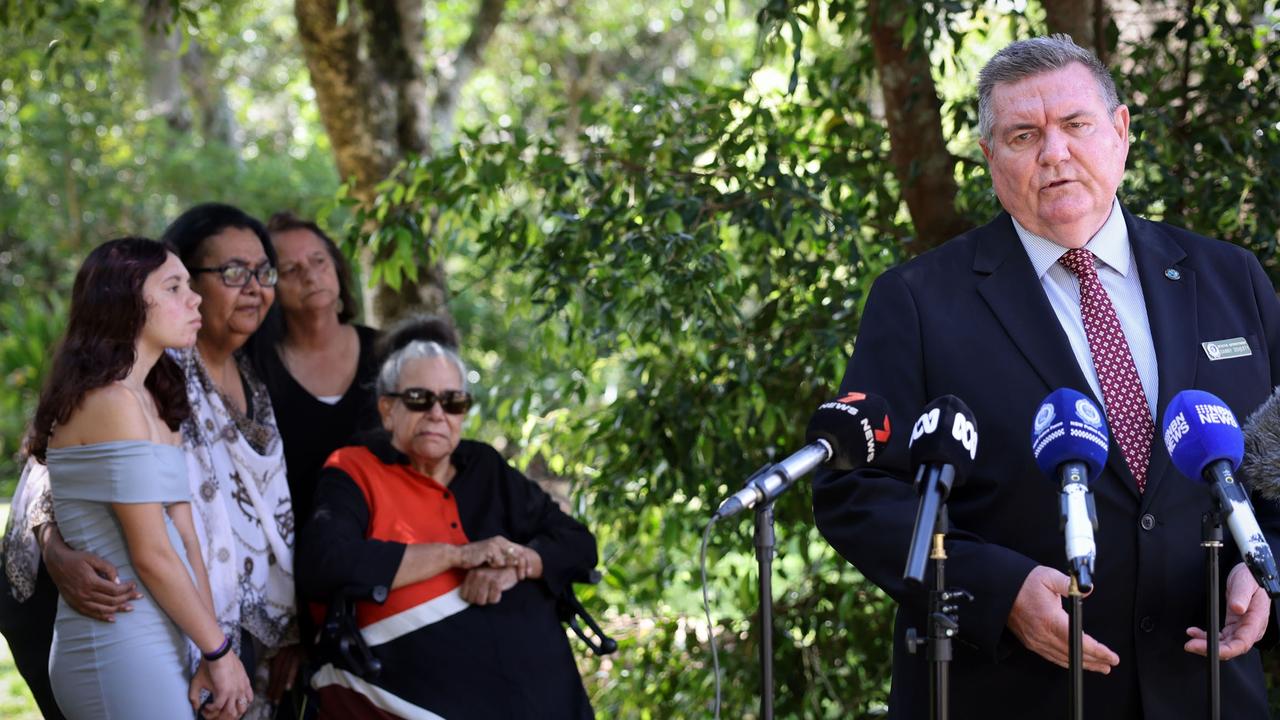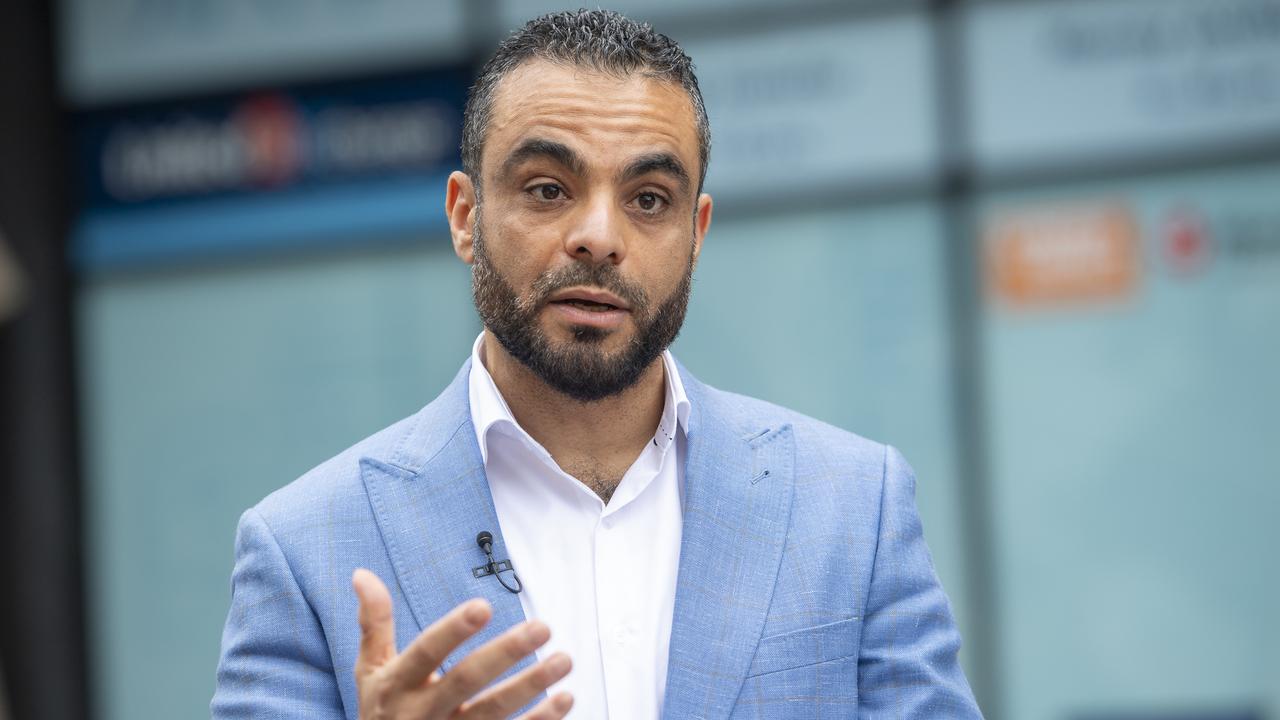In the age of info-besity, Gen Z struggle with digital multitasking
In a sign of just how much ‘info-besity’ is reshaping our lives, young people have picked up a new TV habit to cope with the bombardment of digital distractions.
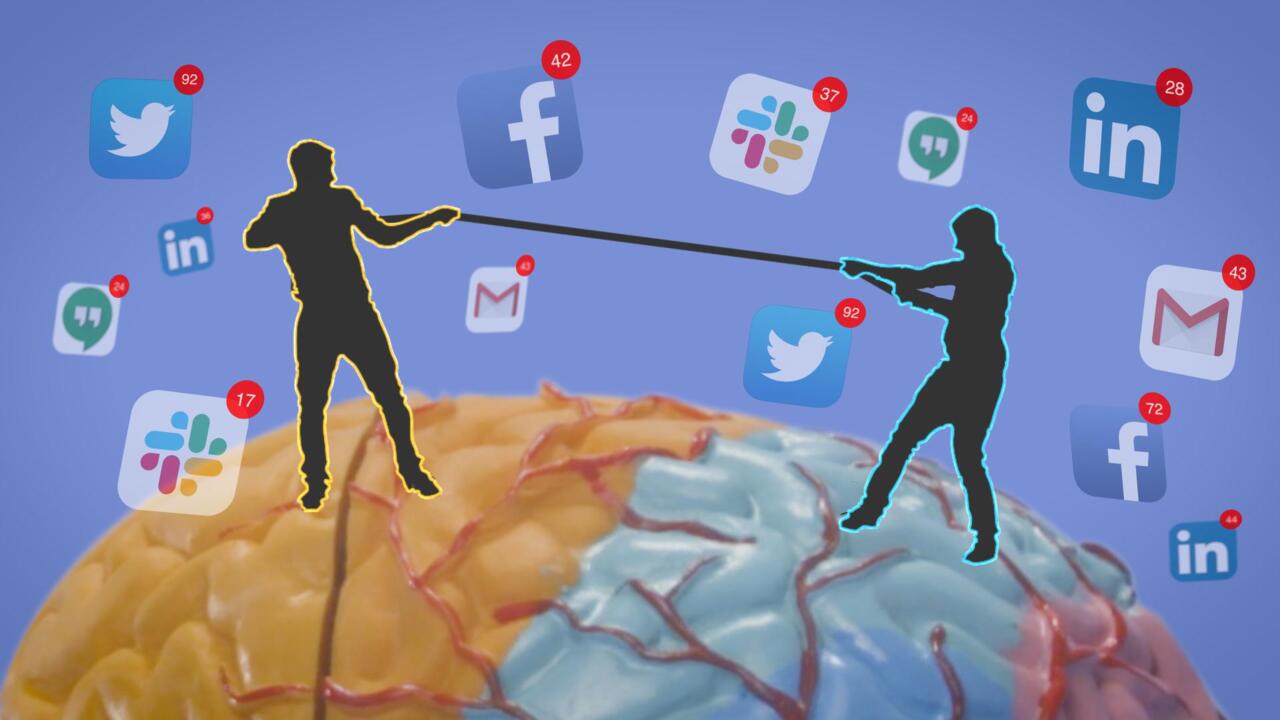
NSW
Don't miss out on the headlines from NSW. Followed categories will be added to My News.
Gen Z and younger Millennials are so hooked on closed captions — many can no longer watch TV or films without switching them on.
So much has technology reshaped the media habits of digital natives, English subtitles on English shows are now an essential viewing tool for many under-30s.
The shift may seem bizarre to older Aussies, but McCrindle social researcher Ashley Fell says it’s not huge leap for a generation socialised on social media and used to watching captioned videos online.
“We’re talking about a generation who’ve had access to more information on the planet than any other generation prior to them,” Ms Fell said.
“We’re all living in the great screen age. But these younger generations have been formed and shaped in that. So it forms and shapes their outlook and behaviour.”
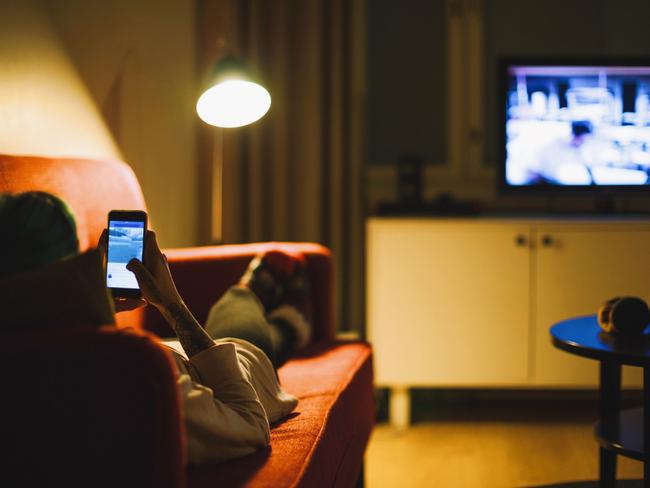
Gen Zs aged 11-26 and younger Millennials were the most visual, digital generations yet for whom multi-tasking on multiple screens was the norm, she said.
They’re constantly watching TV while scrolling TikTok and texting, and captions served that constant connection with media.
“I think that visual aspect of even having captions on television, on YouTube videos, even on Instagram videos enables them to multi-screen, enables them to divide their limited attention spans in different ways and consume media differently,” she said.
Under 30s who spoke to the Sunday Telegraph, with no hearing or language issues, overwhelmingly preferred captions on, citing multiple reasons.
Poor sound mixing, loud soundtracks and sound effects made dialogue fuzzy, while captions let them scroll, text even eat while watching TV.
And as streamers rather than free-to-air viewers, the content they consumed was so globalised, they often flicked between foreign and English language titles.
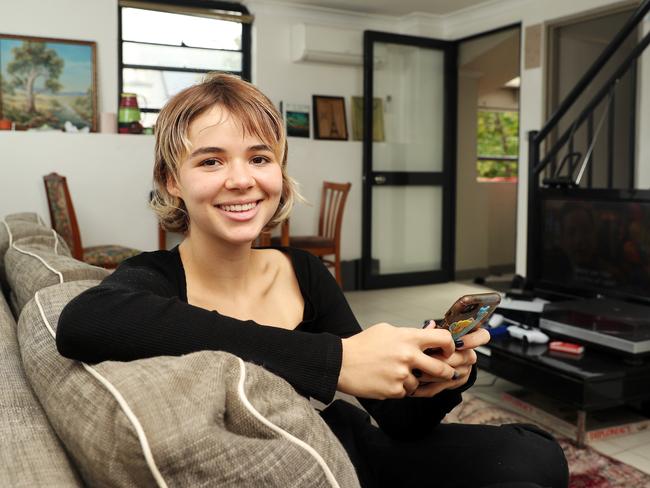
Mischa Byrne, 19, now watches everything with subtitles, from news to movies.
“I get frustrated when they aren’t on! My boyfriend always has them on and for some reason I need to have them on too,” Ms Byrne said.
“Subtitles make me focus so much more on what I’m watching, I pay attention to the dialogue and the plot, without them I find myself mishearing things and losing interest.”
Kelsey, 21, who grew up in a household of six people, said background chatter meant she missed a lot of dialogue without captions. “I almost rely on them”.
Danielle, 29, of Sydney, said in the past year, 90 per cent of her friendship group had switched over to subtitles.
“You don’t miss anything when you watch with subtitles, especially when watching theatrical shows like Game of Thrones or hard to follow crime shows,” she said.

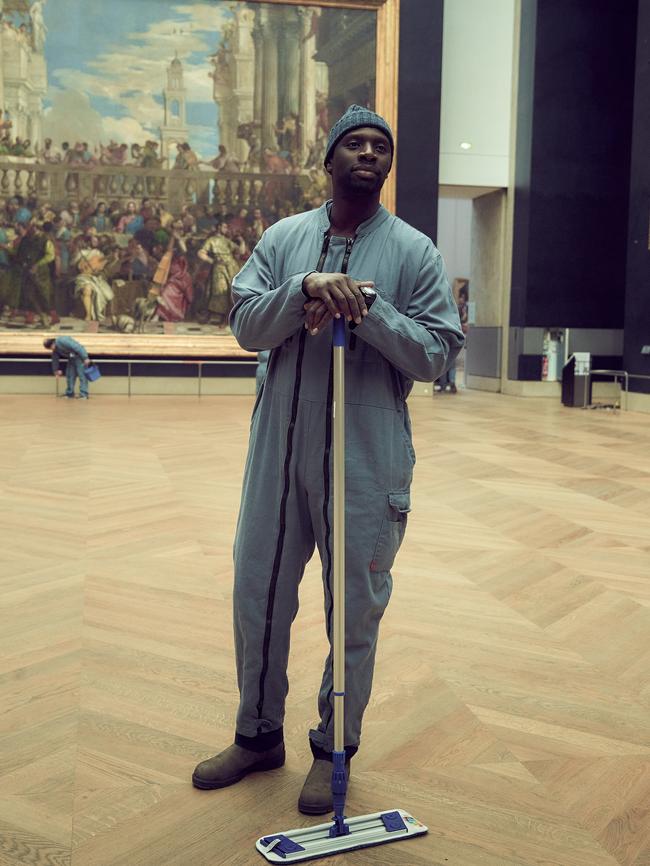
Ms Fell, 28, who also prefers captions on, said the shift showed young people wanted to pick up the finer details of shows, although switching between multiple tasks had its downside.
Digital wellbeing and productivity researcher, Dr Kristy Goodwin, said Gen Z were chronic media multitaskers and captions were a kind of compensation tool to retain information.
“The Gen Zs who think they can multitask, they can do five different things on five different screens simultaneously. They can’t. Their attention is poor, the error rate increases,” she said.
“Our brain is physiologically incapable of multi-tasking.
“I honestly think their brain is so hyper-aroused, they find it really hard to process what they’re consuming.”

One of the reasons we multi-task, she said, was because we’re “drowning in information”.
Studies have shown the average adult consumed a mind-blowing 3.6GB of data a day and multi-tasking was how we coped amid the “digital bombardment”
“In the digital world, information is constantly coming to us. It’s notifications, sound effects, pings, bings, and our brain isn’t wired for that. We call it ‘info-besity’
“We’re just as guilty of multi-tasking as adults, especially because of the digital demands of our jobs. But for young people, this is just part of the culture. They’re plugged in 24/7.”
More Coverage
Originally published as In the age of info-besity, Gen Z struggle with digital multitasking




